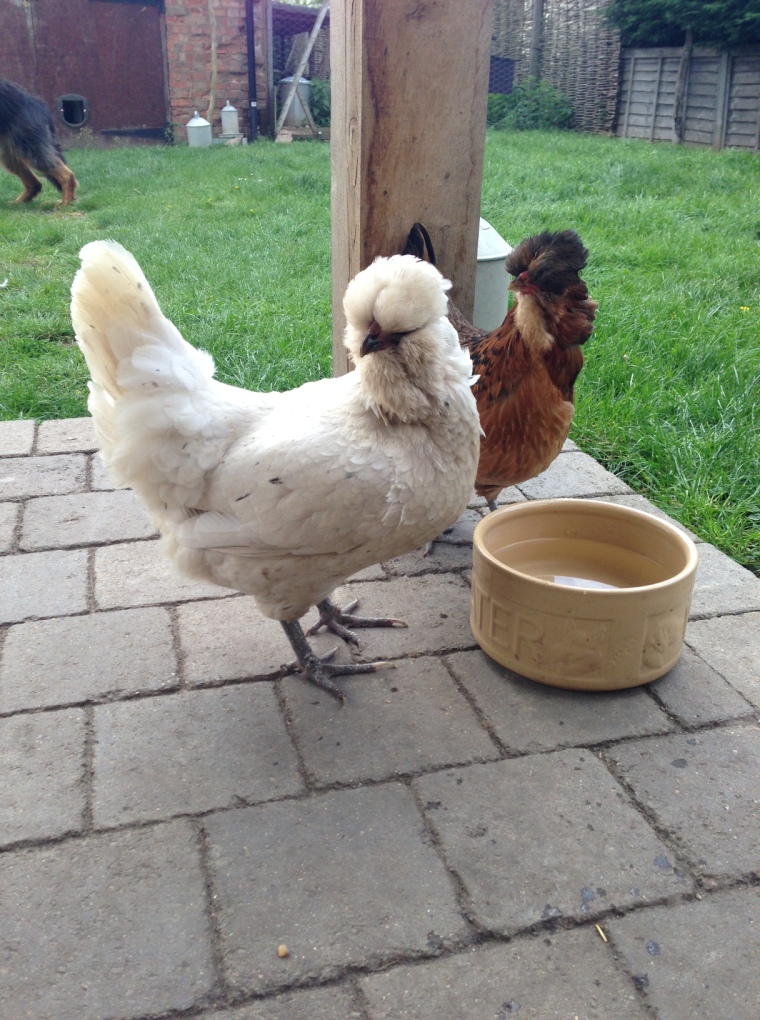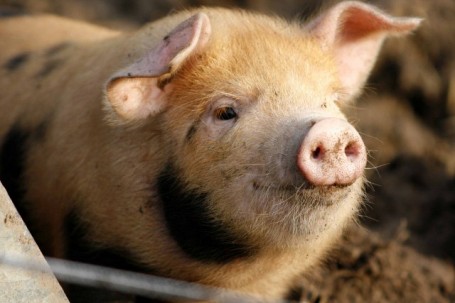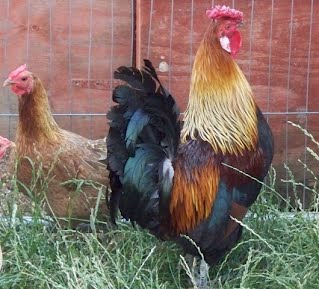
We should have guessed that our plot to move Porky Pig into a separate area in the run wouldn’t quite go according to plan… On Saturday afternoon, we set to work sectioning off a portion of the land with posts about two thirds of way down its length. As we already had stock fence all around it, only strands of electric wire were necessary to segregate the well-fed porcine creature from his smaller siblings.
After sliding about in the quagmire-like conditions, James fixed the partition in place. As luck would have it, one of his customers was keen to re-home a small ark: the perfect dwelling for Porky, and James brought it back in a truck from work last Friday. With lashings of straw lining it and providing a veritable welcome mat by the entrance we just needed to perform the simple task of luring said pig into the bachelor-style pad.
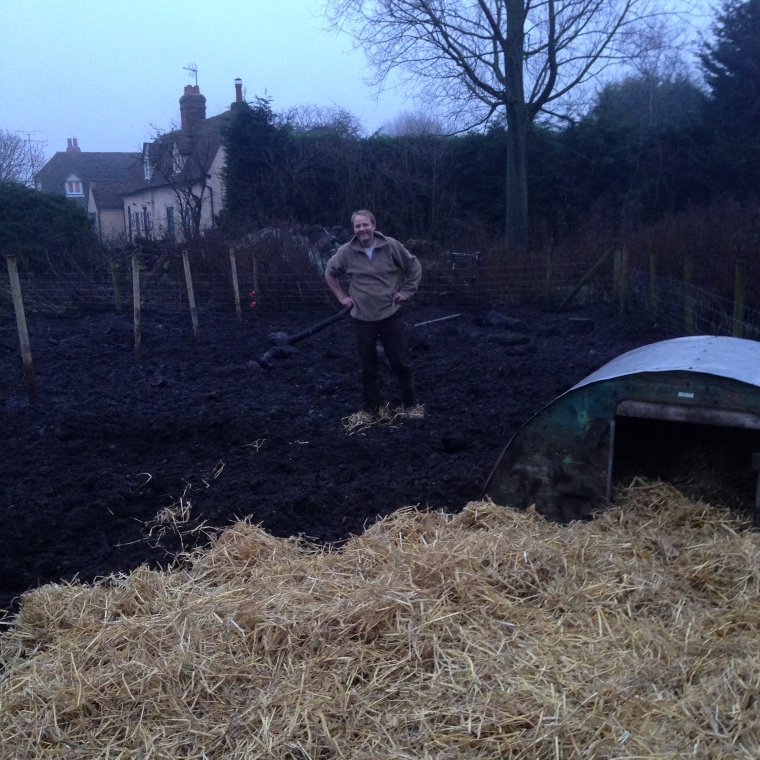
However, what we didn’t reckon on was a distinct stubbornness and suspicion on the part of Porky. Not only was he not that peckish – we had drip-fed them during the afternoon in order to avoid getting bitten as we walked around their run – but he seemed to smell a rat. Whenever we shook the jar of pig nuts under his nose in a bid to draw him over to the new dwelling, he stood stock-still and refused to budge. The slimmest of our trio, Bully Pig (can’t help feeling now that this is a misnomer; we judged his nature too early on!), however, scampered in without a hitch – no doubt keen to enjoy a portion of food in the absence of Porky to knock him out of the way.
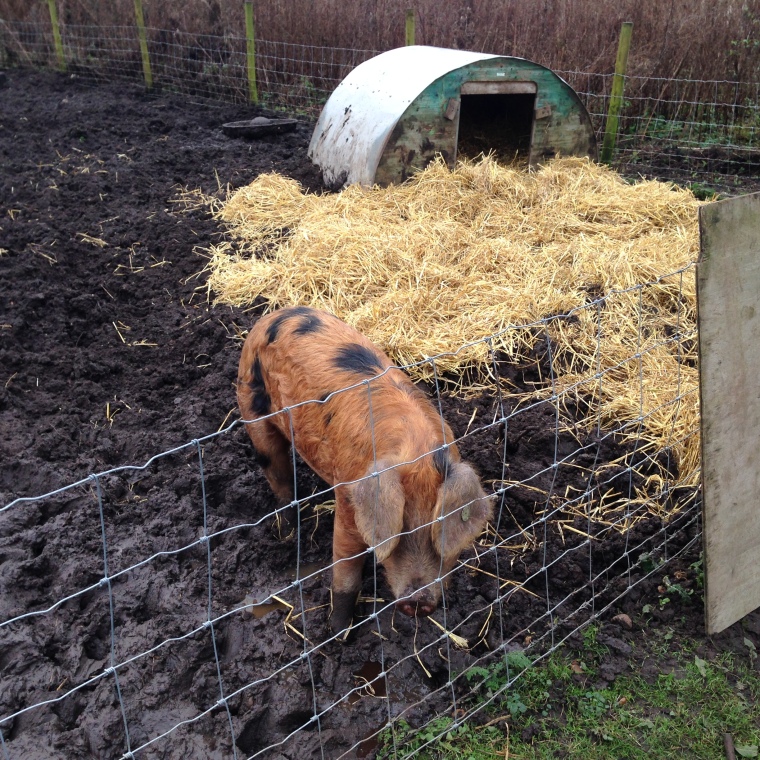 So, after a little debate, we decided to settle for the situation – at least it was a chance to fatten up the little guy. James then made a corrugated-iron enclosure off the main gate to the run so he could siphon-off Naughty pig for a cheeky extra portion of food. Seeing that Porky wants to stay put, this has proved quite an easy operation – apart from when, living up to his name, Naughty leapt over the enclosure to explore the garden. Now James keeps him company while he dines so that the escapee doesn’t get the chance to forage further afield once he’s finished his meal. So, hopefully, we’ll have three equally sized porkers by the end of the month.
So, after a little debate, we decided to settle for the situation – at least it was a chance to fatten up the little guy. James then made a corrugated-iron enclosure off the main gate to the run so he could siphon-off Naughty pig for a cheeky extra portion of food. Seeing that Porky wants to stay put, this has proved quite an easy operation – apart from when, living up to his name, Naughty leapt over the enclosure to explore the garden. Now James keeps him company while he dines so that the escapee doesn’t get the chance to forage further afield once he’s finished his meal. So, hopefully, we’ll have three equally sized porkers by the end of the month.
 Elsewhere at the Smallholdings, our chicken flock is diminishing, not due to Marek’s disease, which seems to have been killed off by the properly cold weather just before Christmas, but the sheer old age of some of our trusty and productive brown hens. We’re resisting the urge to draft in new girls until the Henmobile launched. Just a few jobs left to do on that, so after the recent distraction of separating the pigs, we’ll be back on the case.
Elsewhere at the Smallholdings, our chicken flock is diminishing, not due to Marek’s disease, which seems to have been killed off by the properly cold weather just before Christmas, but the sheer old age of some of our trusty and productive brown hens. We’re resisting the urge to draft in new girls until the Henmobile launched. Just a few jobs left to do on that, so after the recent distraction of separating the pigs, we’ll be back on the case.
Happy weekends all!


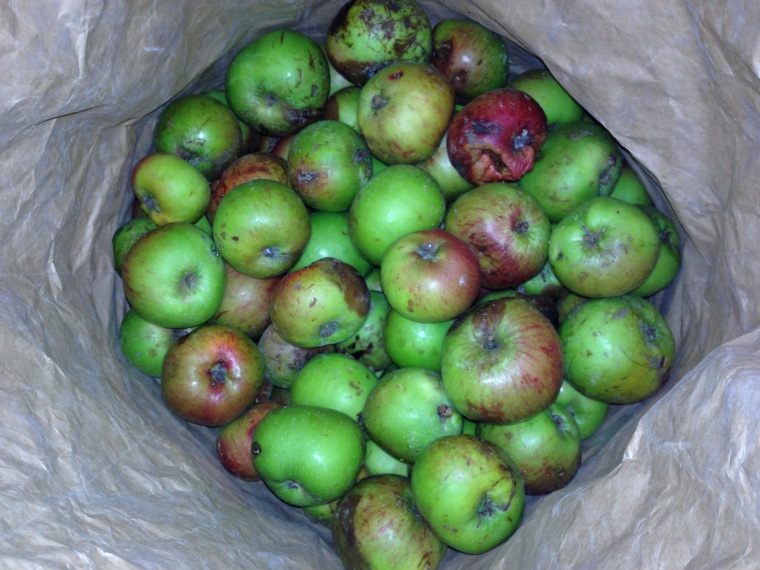
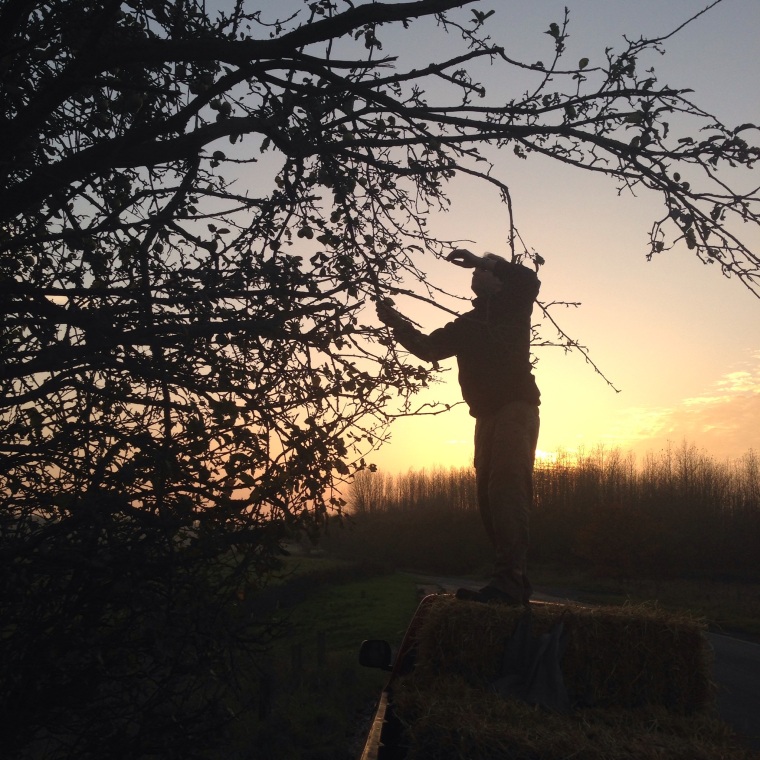
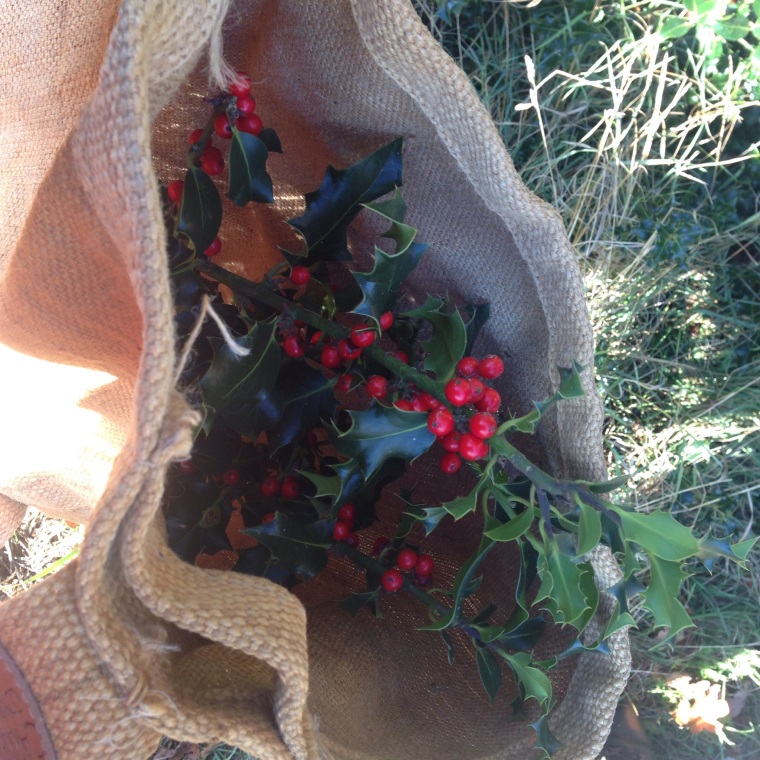

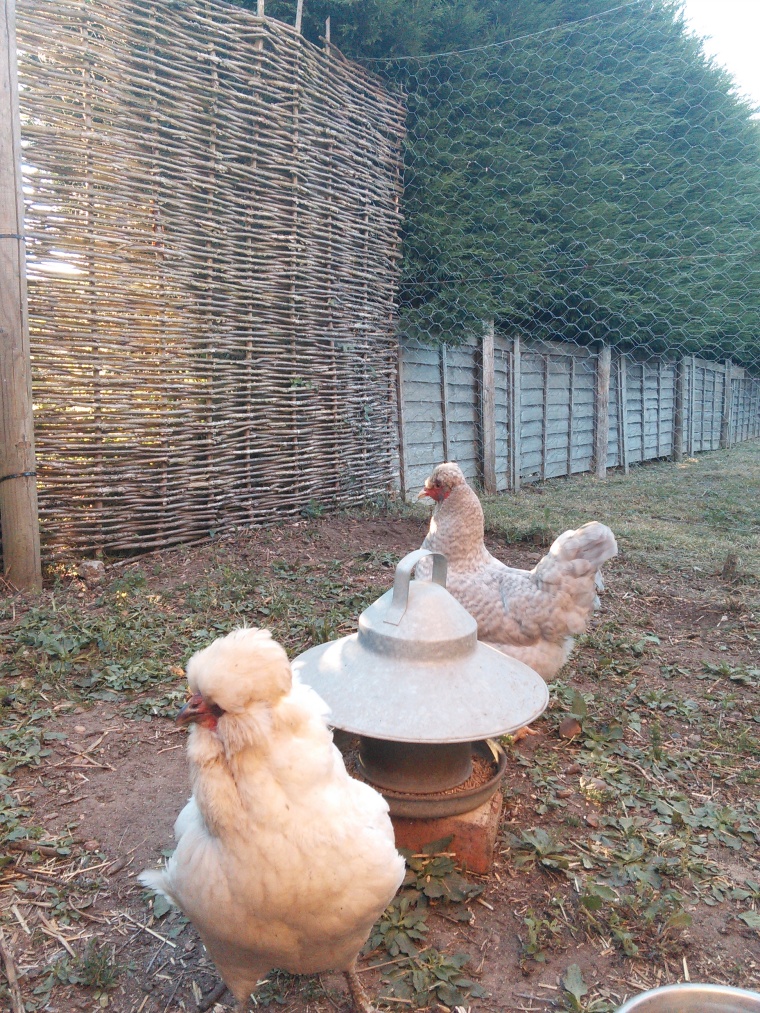






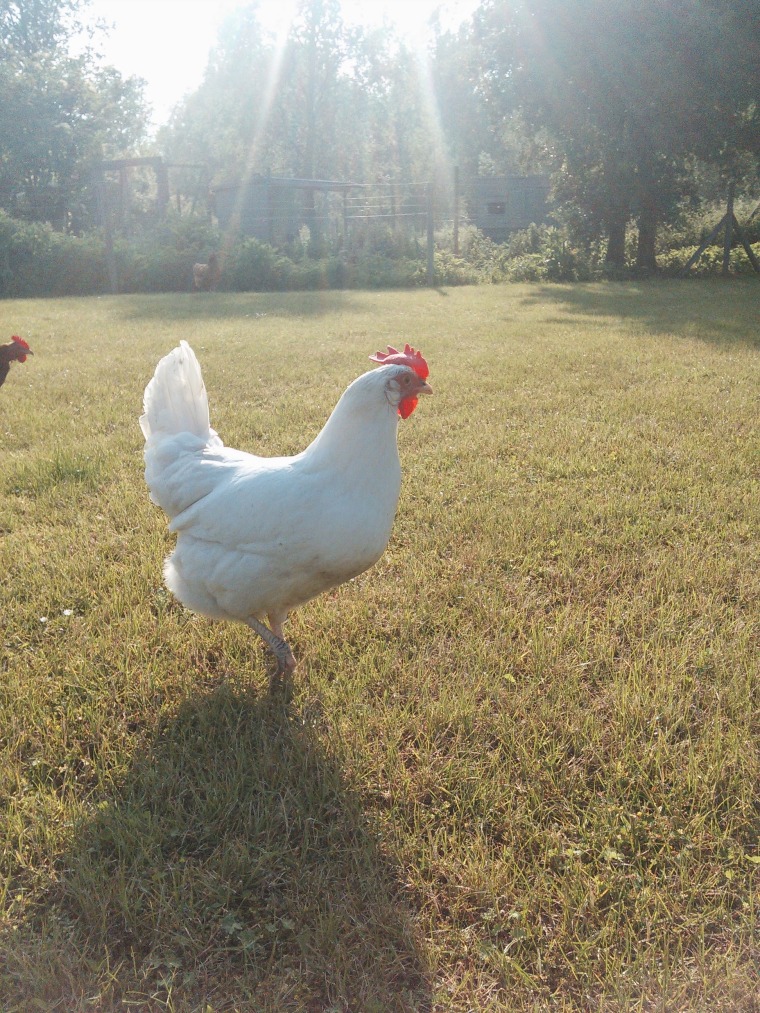
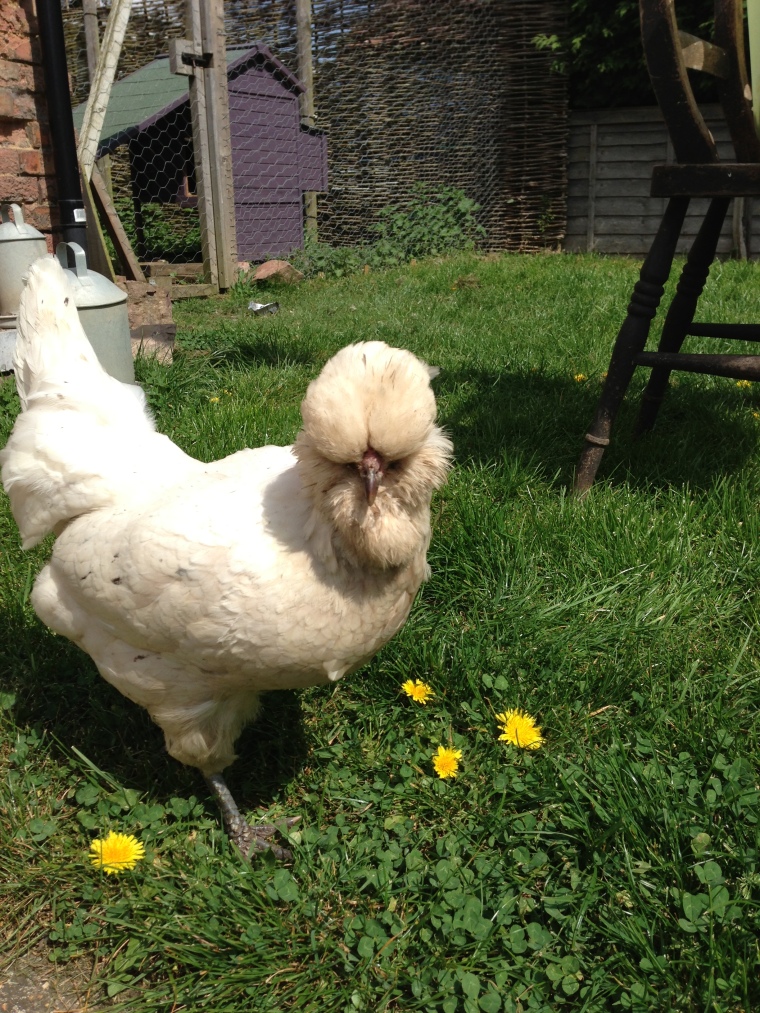

![photo[1]](https://countrylivingchick.wordpress.com/wp-content/uploads/2014/05/photo11.jpg?w=760)
